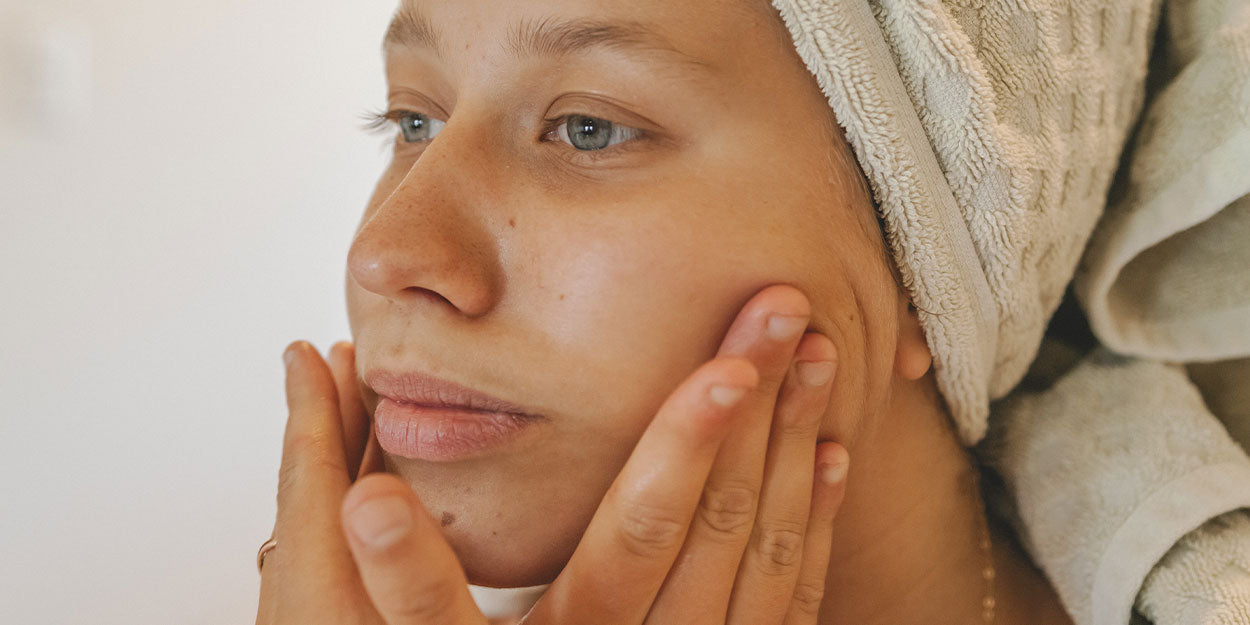Skincare enthusiasts are always on the lookout for effective ingredients that can improve the appearance and health of their skin. Two ingredients that have gained immense popularity in recent years are niacinamide and retinol.
Often referred to as the dynamic duo of skincare, these two ingredients have been proven to work wonders when used together. But what are their benefits? How do they work together? And how can we incorporate them into our skincare routine for optimal results? These are a few of the questions we are going to tackle in this blog post.

Introduction
Niacinamide, also known as vitamin B3, is a water-soluble vitamin that has been shown to have numerous benefits for the skin. It is a potent antioxidant that can protect the skin from free radical damage, which can cause premature aging. This ingredient also helps to improve the skin's barrier function, which can reduce moisture loss and keep the skin hydrated. Additionally, it has been shown to reduce inflammation and hyperpigmentation, making it an excellent ingredient for those with acne-prone or uneven skin.
Retinol, on the other hand, is a form of vitamin A that is often used in anti-aging skincare products. It works by increasing cell turnover and stimulating collagen production, which can reduce the appearance of fine lines and wrinkles. This ingredient can also help to improve skin texture and tone, reduce hyperpigmentation, and unclog pores.
Understanding the Benefits
Both niacinamide and retinol have a multitude of benefits for the skin, but they work in different ways. Niacinamide is an excellent ingredient for improving the skin's overall health and appearance. It can help to reduce inflammation, hyperpigmentation, and acne, while also improving the skin's barrier function and moisture retention.
Retinol, on the other hand, is a powerful anti-aging ingredient that works by increasing cell turnover and collagen production. It can help to reduce the appearance of fine lines and wrinkles, improve skin texture and tone, and unclog pores.
When used together, they can provide even more benefits for the skin. Niacinamide can help to reduce the irritation and dryness that can sometimes occur when using retinol, while also enhancing its anti-aging effects. Retinol, in turn, can help to boost the effectiveness of niacinamide by increasing its penetration into the skin.
How They Work Together
When used together, these two ingredients can provide even more benefits for the skin. Niacinamide can help to reduce the irritation and dryness that can sometimes occur when using retinol, while also enhancing its anti-aging effects. Retinol, in turn, can help to boost the effectiveness of niacinamide by increasing its penetration into the skin.
Can You Use Them Together?
Yes, you can use the together. In fact, using them together can provide even more benefits for the skin. Niacinamide can help to reduce the irritation and dryness that can sometimes occur when using retinol, while also enhancing its anti-aging effects.

Niacinamide before or after Retinol: What's the Correct Order?
When using both of these ingredients in your skincare routine, it's important to use them in the correct order to ensure maximum effectiveness. The general rule of thumb is to use niacinamide before retinol. This is because niacinamide is water-soluble, while retinol is oil-soluble. Using niacinamide first can help to hydrate the skin and improve its barrier function, which can enhance the penetration and effectiveness of the other one.
Can You Mix Niacinamide and Retinol?
Yes, you can mix niacinamide and retinol. However, it's essential to use them in the correct order and to avoid using them at the same time. As mentioned earlier, niacinamide should be used before retinol to ensure maximum effectiveness. Additionally, it's best to use them on alternate nights to reduce the risk of irritation and dryness.

How to Incorporate Niacinamide and Retinol into Your Skincare Routine
If you're looking to incorporate niacinamide and retinol into your skincare routine, here's how you can do it:
1. Start by using niacinamide in the morning and retinol at night. This will help to reduce the risk of irritation and dryness.
2. Cleanse your face and apply your toner as usual.
3. Apply a niacin amide serum to your face and neck, massaging it in gently.
4. Follow up with your moisturizer and sunscreen.
5. At night, cleanse your face and apply your toner as usual.
6. Apply a retinol serum or cream to your face and neck, massaging it in gently.
7. Follow up with your moisturizer.
Tips for Using Niacinamide and Retinol
Here are some tips to keep in mind when using niacinamide and retinol in your skincare routine:
1. Start slowly. If you’re new to using these ingredients, start by using them once or twice a week and gradually build up to daily use.
2. Always use sunscreen. Both niacin amide and retinol can increase the skin’s sensitivity to the sun, so it’s essential to use sunscreen every day.
3. Avoid using other exfoliating products. Niacinamide and retinol are both exfoliating ingredients, so it’s best to avoid using other exfoliating products in your skincare routine to avoid over-exfoliating the skin.
Common Misconceptions about Niacinamide and Retinol
There are a few common misconceptions about niacinamide and retinol that I want to clear up:
1. Niacinamide and retinol cannot be used together. As we’ve discussed earlier, these two ingredients can be used together and can provide even more benefits for the skin.
2. Niacinamide and retinol can be used by all skin types, but it’s essential too start slowly and build up to daily use.
3. Niacinamide and retinol can only be used at night. While it’s true that retinol is best used at night, niacin amide can be used in the morning and at night.

Conclusion
Niacinamide and retinol are two skincare ingredients that have gained immense popularity in recent years, and for good reason. When used together, they can provide even more benefits for the skin, including reducing inflammation, hyperpigmentation, and acne, while also improving the skin's barrier function and moisture retention. If you're looking to incorporate niacinamide and retinol into your skincare routine, remember to start slowly, use sunscreen every day, and avoid using other exfoliating products. With patience and consistency, you'll soon see the benefits of this dynamic duo for yourself.









Leave a comment